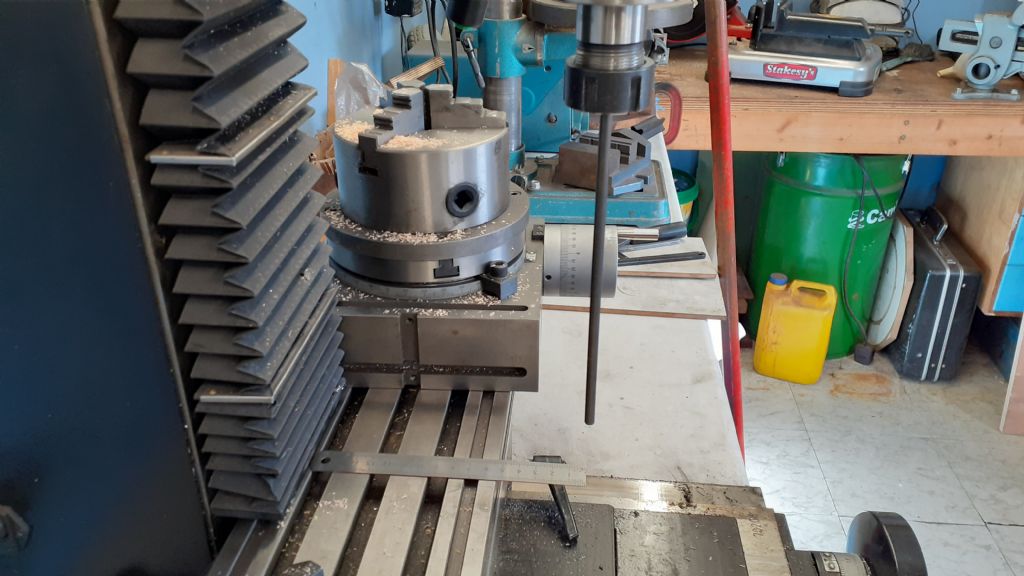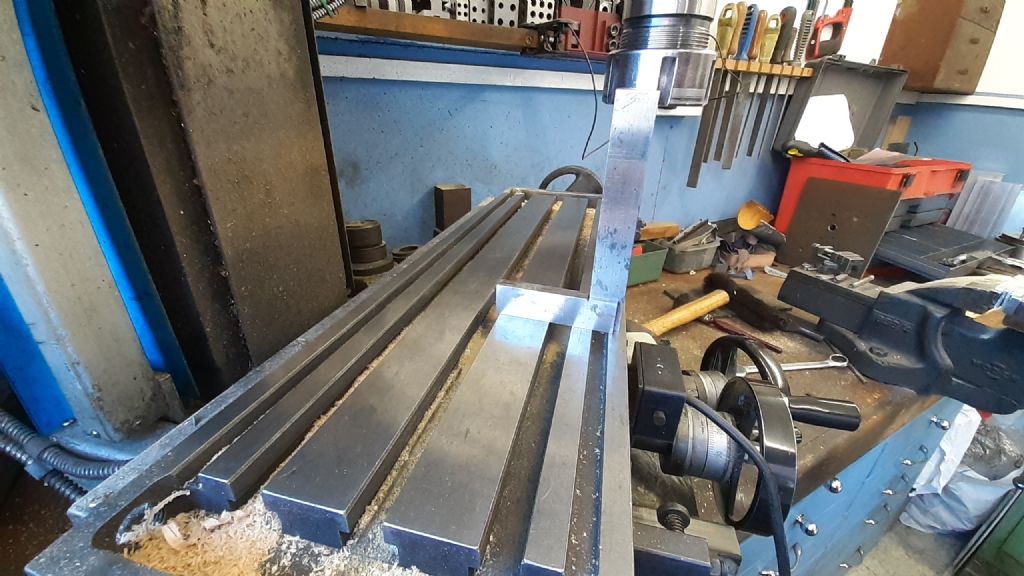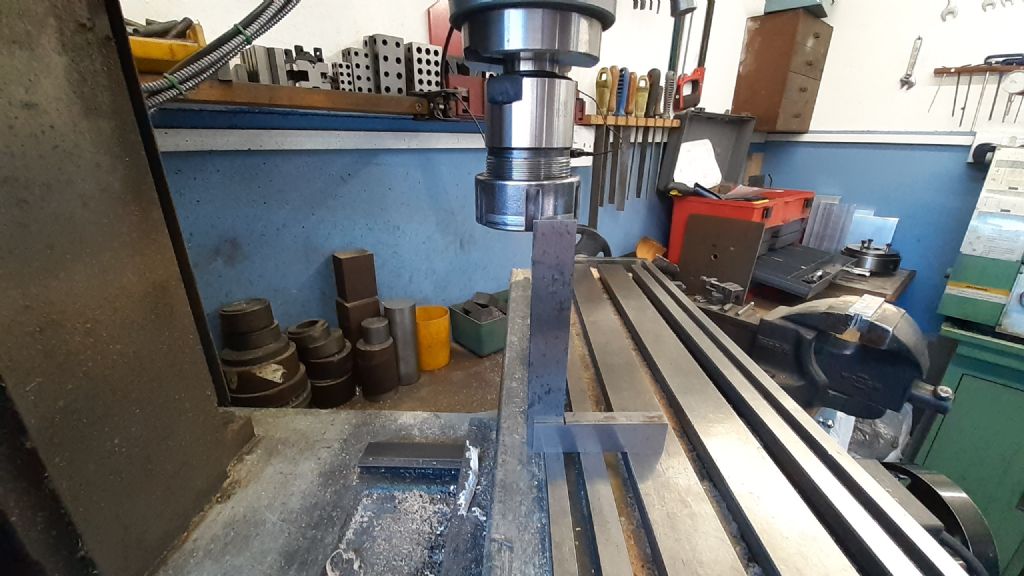Sieg / Syil spindle on y axis
Sieg / Syil spindle on y axis
- This topic has 11 replies, 3 voices, and was last updated 28 February 2022 at 10:23 by
Matt Harrington.
Viewing 12 posts - 1 through 12 (of 12 total)
Viewing 12 posts - 1 through 12 (of 12 total)
- Please log in to reply to this topic. Registering is free and easy using the links on the menu at the top of this page.
Latest Replies
Viewing 25 topics - 1 through 25 (of 25 total)
-
- Topic
- Voices
- Last Post
Viewing 25 topics - 1 through 25 (of 25 total)
Latest Issue
Newsletter Sign-up
Latest Replies
- Clarify some plain bearing engineering principles please.
- Power tapping on the sx2p??
- What Did You Do Today 2025
- VFD Article in May issue 351
- Gas Engine Needle Valve
- Solar panel lighting problem
- Hello from Sussex
- Motor to lead screw coupling method
- Stopping milling chips going everyehere
- Warco WM12 “flex”







